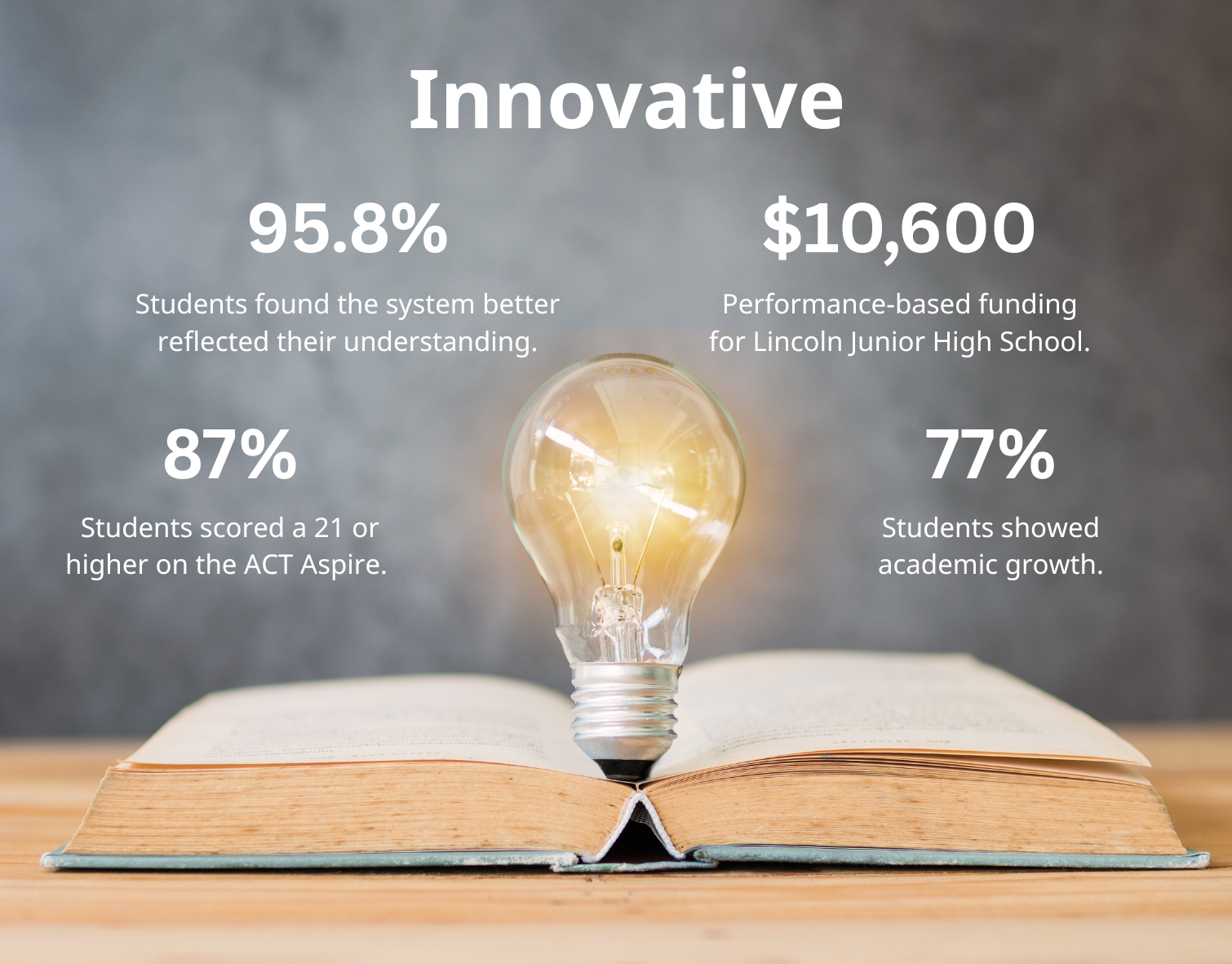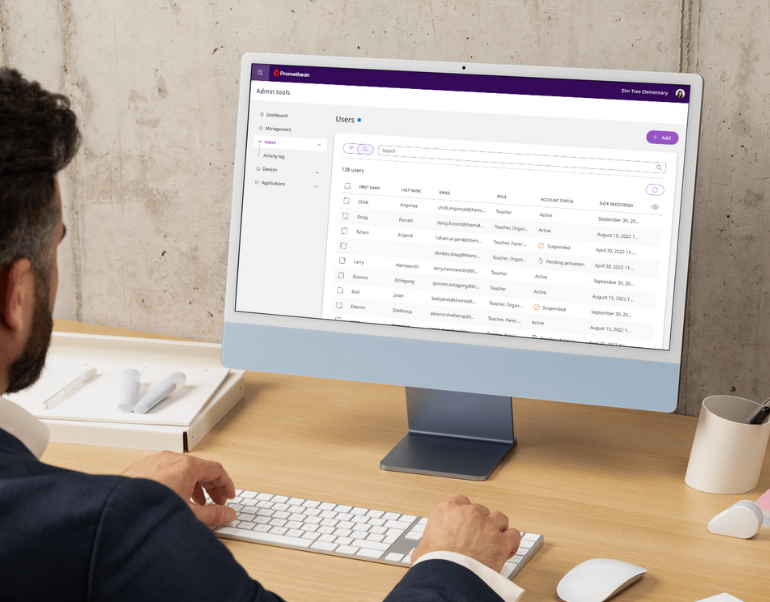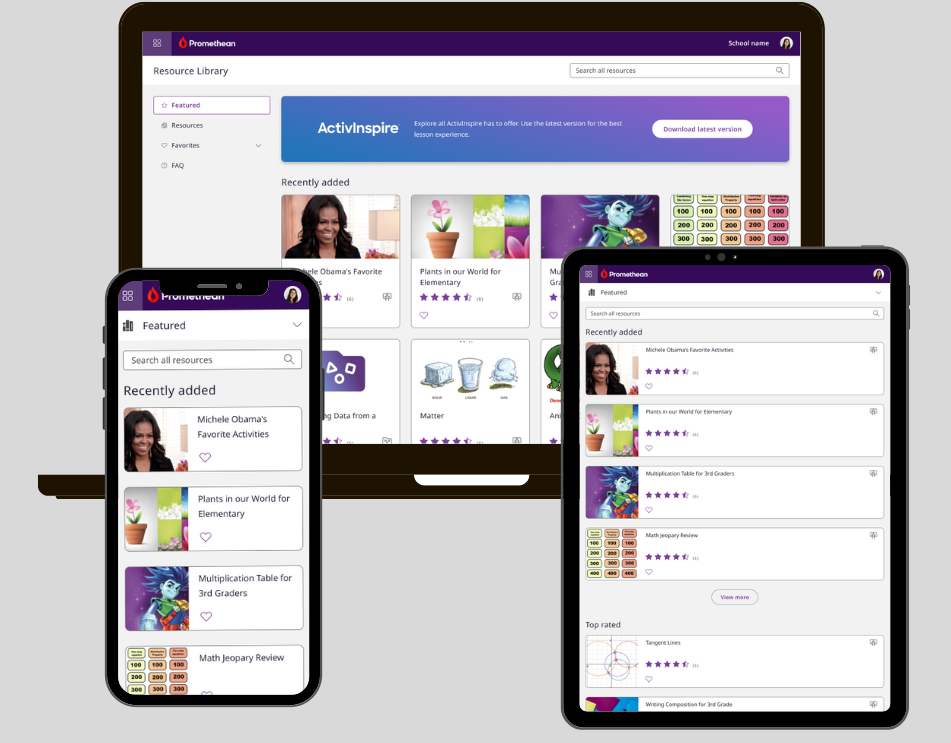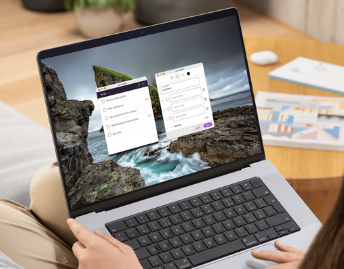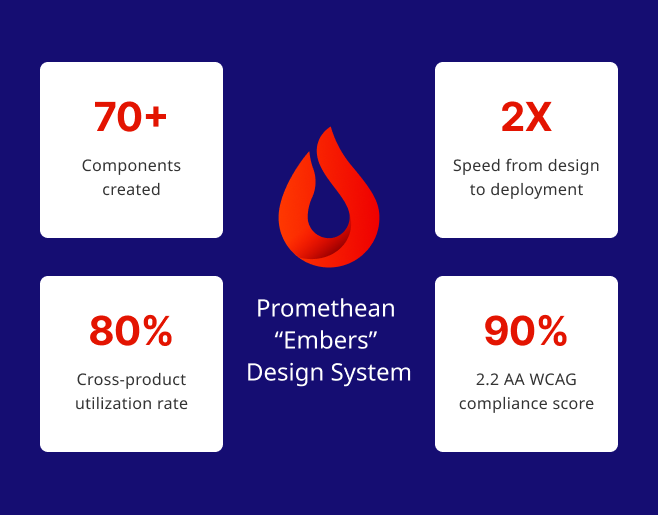Quest
A Data Driven, Student Motivation Classroom Game
About the Project
This project was completed for Lincoln Junior High School.
Problem: Students' motivation levels are low and this is directly affecting their success in the public school classroom.
My Role: Research and UX/U Design
Project Duration: 5 years
Methodologies: brainstorming, research, competitive analysis, user interviews, user surveys, focus groups, proto-personas, user testing, qualitative and quantitive data analysis
Research
Research was conducted to explore what other teachers had done to address this issue. I discovered two digital tools aimed at student motivation: Class Craft and Class Dojo. However, both are designed for elementary and middle school students, which may not resonate with junior high students aged 15-16. Additionally, Class Craft was too expensive. This prompted further research beyond digital platforms, leading to the discovery of a college professor's blog who gamified his course by awarding XP points for various activities, allowing students to earn classroom privileges. While this was a promising concept, it needed to be adapted to meet the needs of junior high students, teachers, parents, and administrators in a public school setting.
Survey
To gain a deeper understanding of what motivates junior high students, a student survey was conducted.
KEY INSIGHTS
When asked about their current grades during the survey, 100% of students were aware of their scores, indicating that they care about their academic performance. Additionally, when inquired about their grades relative to their classmates, 72% of students knew whether their grades were higher, lower, or the same as their friends. This suggests that students are aware of and curious about their standing among peers, which may indicate a competitive nature.
Absences pose a significant issue, as students who are not present cannot learn or engage with the material. Data indicated that at least 75 students missed school during a 9-week period (a quarter), highlighting the need for an incentive to encourage attendance. Additionally, 54% of students are not regularly completing their classwork, so our solution must incorporate an assignment completion component.
The incentive should be implemented during the 3rd quarter, as 50% of students reported that their motivation was at its lowest during this time. The top three factors motivating students were themselves, their classmates, and their teachers. Therefore, we need to design a solution that directly motivates students, fosters peer encouragement, and incorporates teacher support.
According to the survey, 95% of students reported enjoying playing games, while 70% said they play to win. These results indicate that students have a strong affinity for games, with many engaging in them due to their competitive nature.
Hypothesis
By transforming the classroom into a quest-like environment with a competitive edge and a rewards system, we can motivate students to work harder and achieve success. We will determine the success of this approach by observing increases in student attendance and grades, reflecting enhanced motivation.
Solution
Created and designed a motivational game and website that turned the science classroom into a 'quest.' This game was created to engage both intrinsically and extrinsically motivated students.
Game Onboarding
First, securing student buy-in was crucial, so creating excitement around the game was a priority. The presentation had to be engaging and 'cool' to generate enthusiasm.
Additionally, it was essential to clarify the game rules and regulations. An onboarding/introduction video was produced using Adobe Spark, featuring quest and adventure-themed images along with inspiring music. This video explained the game's purpose, rules, requirements, and potential rewards. It also served as an important resource for informing other stakeholders, such as parents and administrators.
Quest Evolution
Quest underwent multiple revisions over five years to address the needs and preferences of both students and teachers.
Year 1
Student game progress is tracked on a physical paper document that teachers stamp. This was too time consuming for teachers.
Reframed Hypothesis: If we design a more time efficient student game tracking procedure then this will save class time for teachers.
Solution: Created a Google sheet student tracking with mathematical formulas so that tracking could occur digitally which saves the teacher valuable class time.
Students were unable to see other students' point values so game competition was low.
Reframed Hypothesis: If we create a digital leaderboard and share it with all students that the level of competition will increase.
Solution: Created a digital game leaderboard with view only rights so that students can view their game placement without being able to edit the leaderboard. We also added confidentiality protection. Students chose their own "quest" names so that students did now know exactly who was beating them just that "Zelda" was in first place.
Year 2
Quest is a complex game and therefore contains a lot of information for a teenager to remember. This resulted in students taking up class time asking “game” related questions, exhausting the teacher.
Reframed Hypothesis: We believe if we organize the game information and present it to the students in a way that they can access it on their own, this will relieve the teacher from constantly answering questions about the game.
Solution: Created a Quest game website that students could access at anytime to answer any questions they have and to give them the ability to study the game to create their own strategies.
Year 3
Game excitement led to an increase in negative behaviors which caused stress for teachers.
Reframed Hypothesis: We believe that if we create and include consequences for behaviors within the game, then students will be encouraged to be on their best behavior for their teacher.
Solution: A new level of the game was added called Life Force. Every student started the game with 5 hearts (health points). If a negative behavior was observed the student lost a heart. If a student lost all 5 hearts they “fell into battle” and were removed from the game until a teacher designated date. After that date they were allowed to participate in the game once again. Added to digital google tracker for teachers.
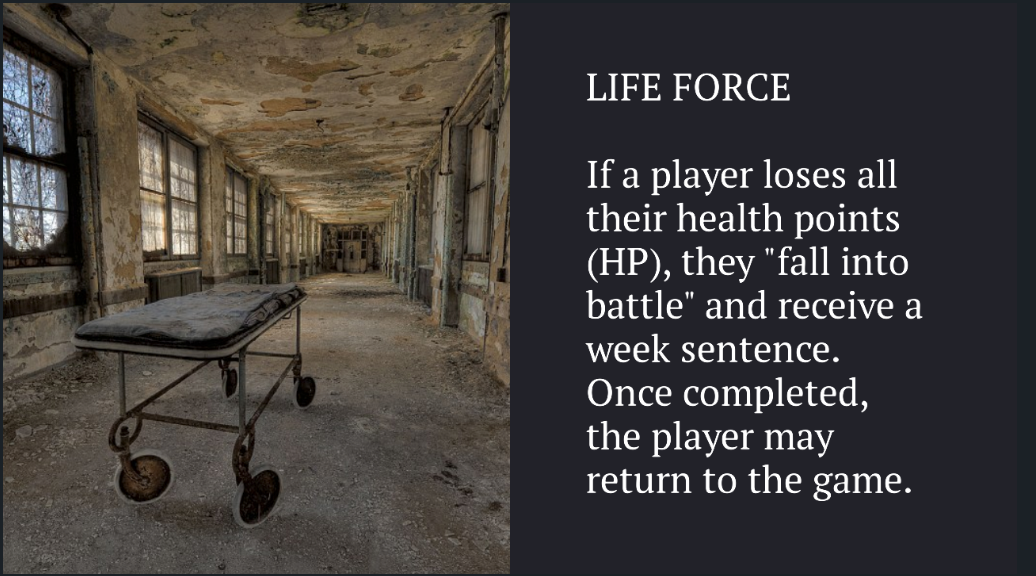
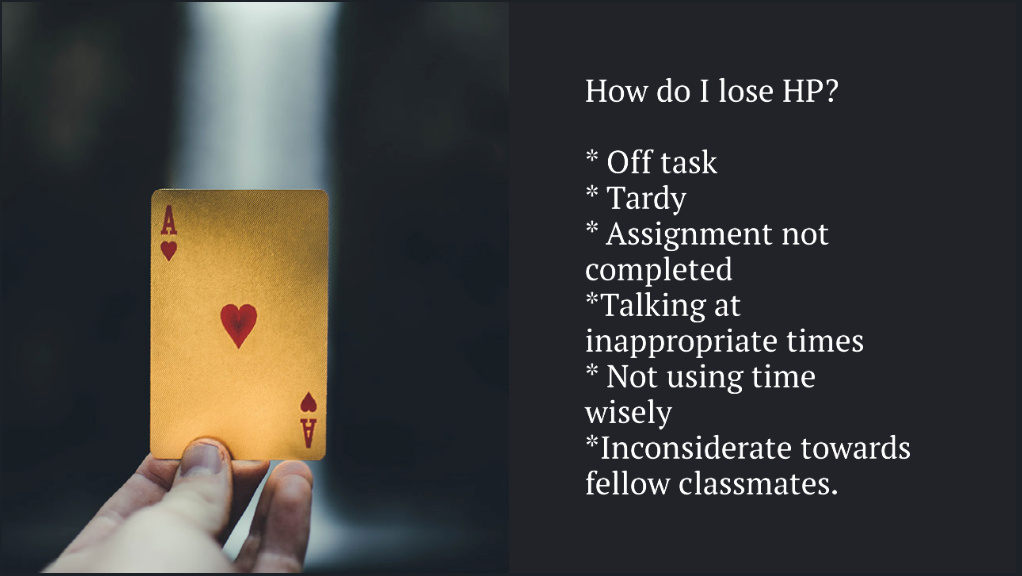

Year 4
Students who were not getting the highest grades, but working hard in class, were struggling to earn awards so they began to quit trying.
Reframed Hypothesis: We believe that if we add smaller point rewards to the game then it will encourage students to keeping trying. Purposely placing rewards in their reach early will also engage them early on and keep them plugged in longer.
Solution: Added points for hard working students and created several more attainable and non-academic relates rewards to be more inclusive of ALL students, not just the top performing students. Hard work was rewarded alongside grade performance.
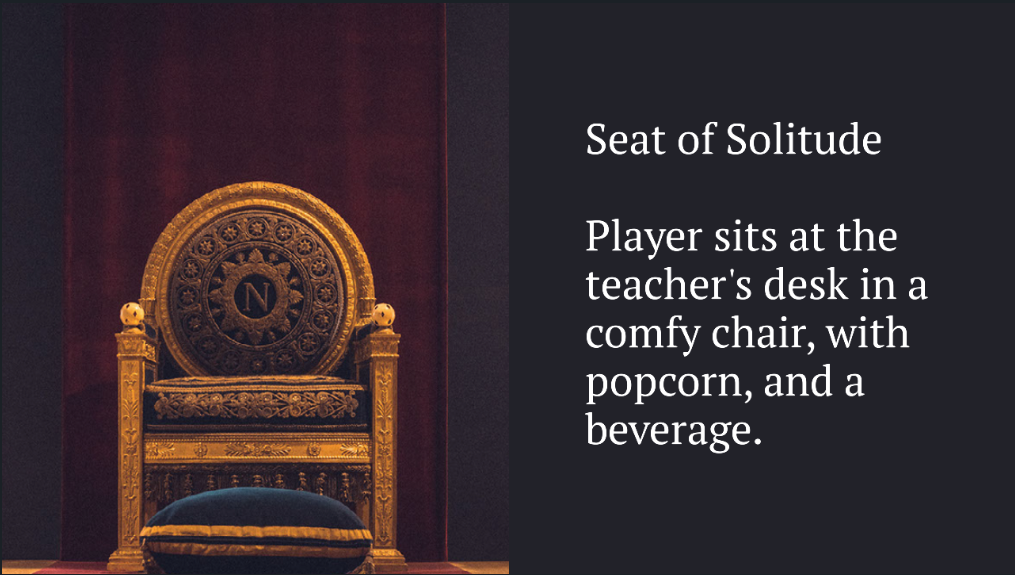

Teachers complained that they had smaller classes some periods. "There is not very much competition among the students when there are only 13 students in one of my classes."
Reframed Hypothesis: We believe that if we design the game to include ALL classes to compete against each other, then the level of competition will increase.
Solution: The digital student tracking sheet was redesigned to include the entire 8th grade class instead of dividing the game by class period. This added more competition among the students because students were now competing against 128 other students opposed to their class period of 15.
Year 5
Students quit trying as hard once they fell too far behind in the point system because they knew they could never catch up.
Reframed Hypothesis: We believe if we add "optional" puzzles, brain teasers, and riddles that will be worth large amounts of XP points then students who fall behind now have a way to catch back up so they won't "quit" playing the game.
Solution: Added “easter eggs” worth a large amount of XP points to the game. These were posted on the website every two weeks. They were puzzles or riddles for students to solve. These were beneficial because now if a student fell behind they still had a chance to catch up if they could solve these additional puzzles/riddles.
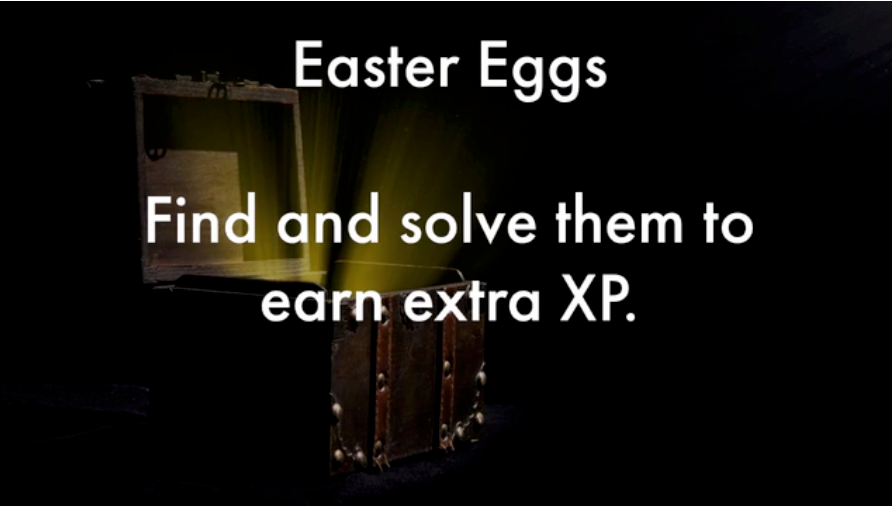
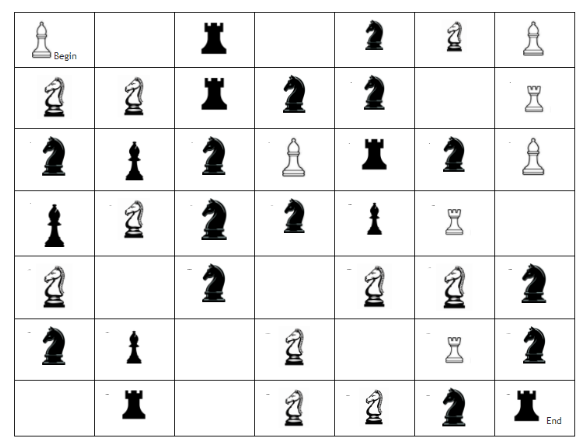
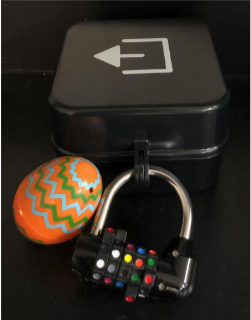
Motivation Game Results
Data was compiled from 128 students who participated in the game.
Attendance Increased by
34%
52 students improved their grades
94 % earned an A or B
This data combined showed that student motivation levels increased by 38%.
*Motivation results were based on attendance and grades. This was a challenge due to the fact that we were comparing grades from a previous quarter when they were leaning physics to the quarter the game was played when they were learning chemistry. These are different subjects so grades may have been influenced by this as well. Chemistry (when the game was played) is harder for most students than Physics.
